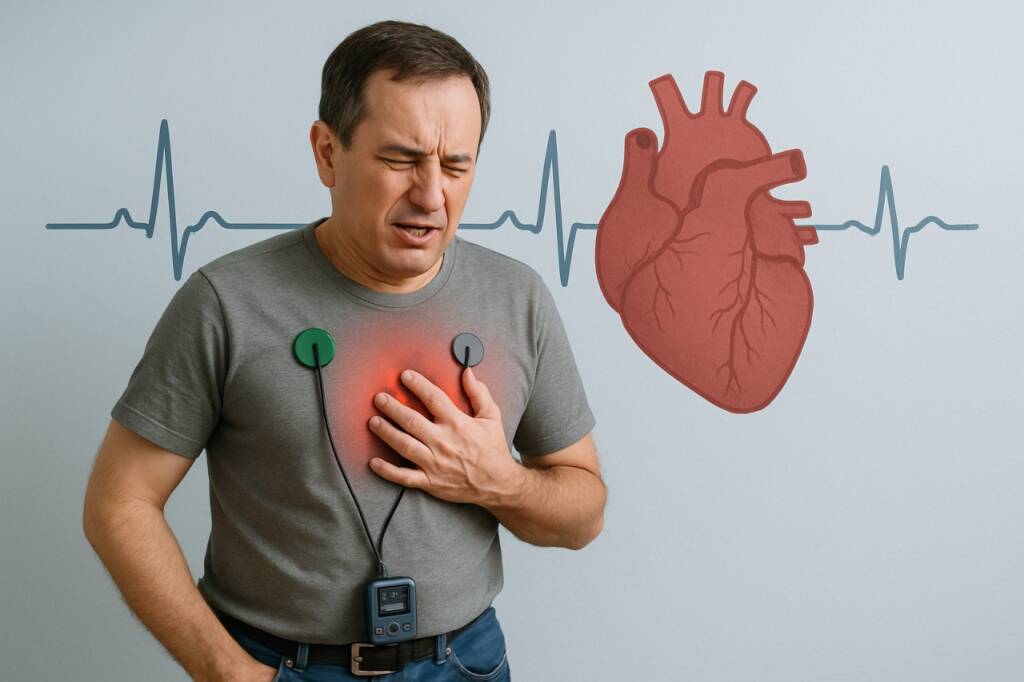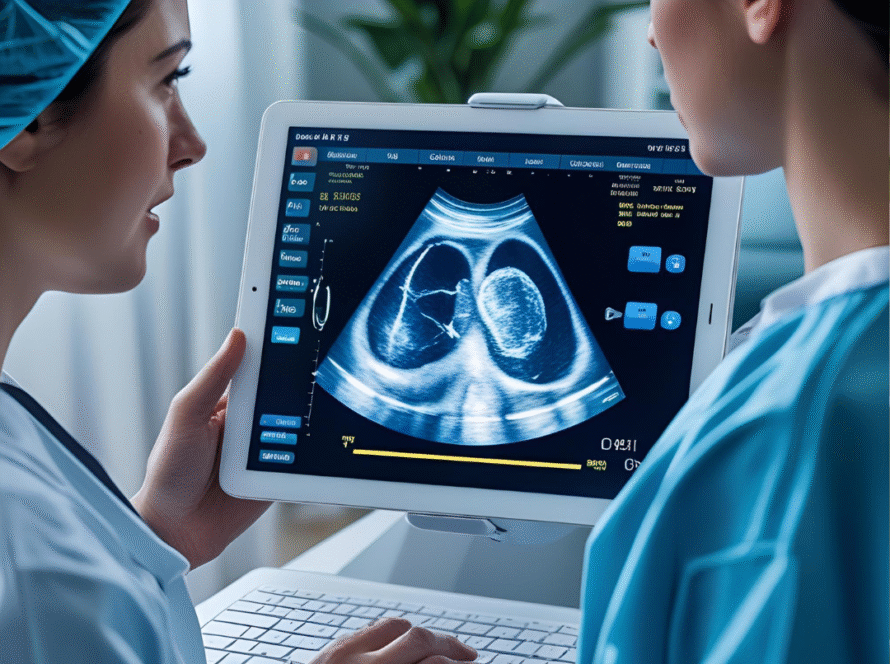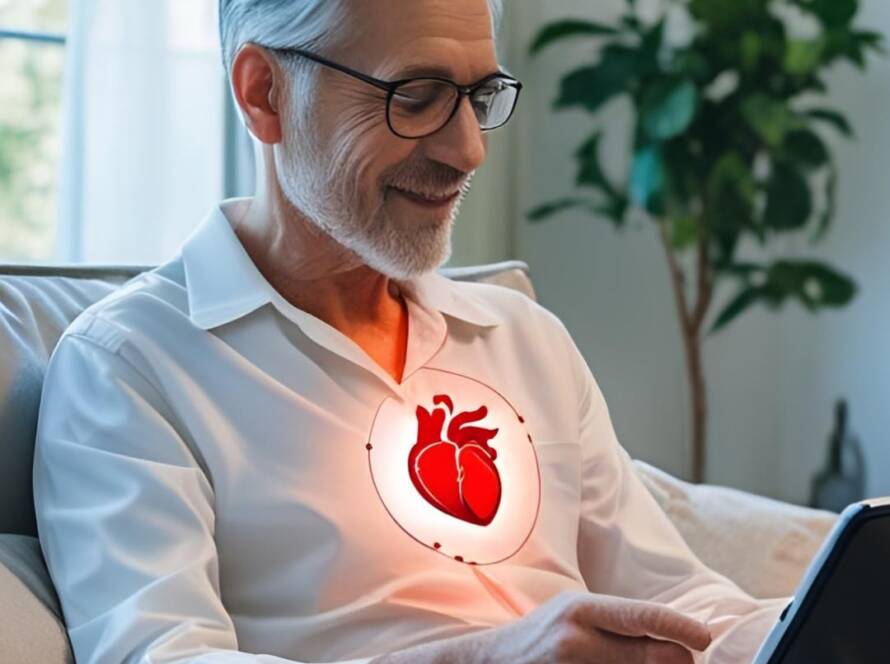
Chest pain is a common reason why people visit the emergency room. It is important to find the cause early. A delay can cause serious problems. In some cases, it can even cause death. Old methods work. But they often take time. The use of AI imaging in bedside cardiac monitoring has made a difference. It helps doctors make decisions faster. It also helps treat chest pain without delay.
The Challenge of Diagnosing Chest Pain
Chest pain can come from many causes. Some are not dangerous. Acid reflux is one example. But others can be deadly. A heart attack or a blood clot can cause sudden danger. Doctors must find out what is wrong quickly. Time matters in these cases. But most old tools do not give fast answers. This can lead to treatment delays. Those delays can put patients at risk.
Advancements in Bedside Cardiac Monitoring
Bedside cardiac monitoring has changed over time. It is no longer just about tracking a heartbeat. New machines now give live updates. They show vital signs in real time. These signs include heart rate and rhythm. They also include blood pressure and oxygen levels. Doctors can see the data next to the patient. They do not have to wait for lab reports.
These machines use simple computer programs. These programs scan the data. They look for signs of heart problems. The tools send alerts when something is not normal. This helps doctors act fast. It also helps reduce guessing in care. Doctors can take the right steps with more confidence.
Role of AI Imaging in Diagnosis
AI imaging has helped in the field of medical scans. In heart care, it has brought new ways to read results. A doctor can use it to check an echocardiogram. It can also be used for a CT scan. The computer reads the scan images. It looks for signs of damage or disease.
Doctors sometimes miss small changes. The computer program can catch those early signs. One example is wall motion problems in the heart. These show that part of the heart is not moving correctly. That can be a warning of a heart attack. The computer checks the image in seconds. The program shows the results to the doctor. The doctor can then decide the next step. This helps make care faster and safer.
Benefits of AI-Enhanced Bedside Monitoring
There are many good things about using AI imaging with bedside cardiac monitoring.
- Faster Diagnosis: The program reads the scans quickly. It also shows if there is a problem. This helps the doctor make a fast decision.
- Reduced Invasive Procedures: If the scan gives a clear answer, doctors may not need extra tests. This means fewer risky steps like angiograms.
- Improved Patient Outcomes: When the doctor acts early, the patient gets better faster. The right treatment at the right time helps with healing.
- Resource Optimization: Fast care saves time. This means the hospital can treat more people. It also lowers the load on the medical staff.
Challenges and Considerations
There are still some problems with these tools. One is data safety. Patient records must stay private. Hospitals must protect this information. That is a basic rule in healthcare. Another issue is training. Not all doctors know how to use AI imaging tools. They must learn how to read the results. They must also learn how to use the data in real care. This training takes time.
Some doctors also do not trust the tools yet. They worry that the tool might make an error. If the data is wrong, it could lead to a bad decision. The tools must work well every time. That is the only way doctors will trust them. Also, there must be checks to test the tools often. Hospitals need teams that look at the tool’s results. This will help keep the system working right.
Wrapping Up
The use of AI imaging in bedside cardiac monitoring has changed the way doctors treat chest pain. These tools help find the cause of pain faster. They help doctors act without delay. They also help avoid tests that are risky. Patients get help sooner. Hospitals can treat more people. Nurses and doctors work with more focus. These tools have helped improve many parts of patient care.
There are still some problems to fix. But the changes so far show strong results. These tools are now part of many hospitals. They will likely become a normal part of emergency care. Doctors will keep learning new ways to use them. Hospitals will keep checking the results. As the tools get better, they will help even more people. They will also help save lives.



